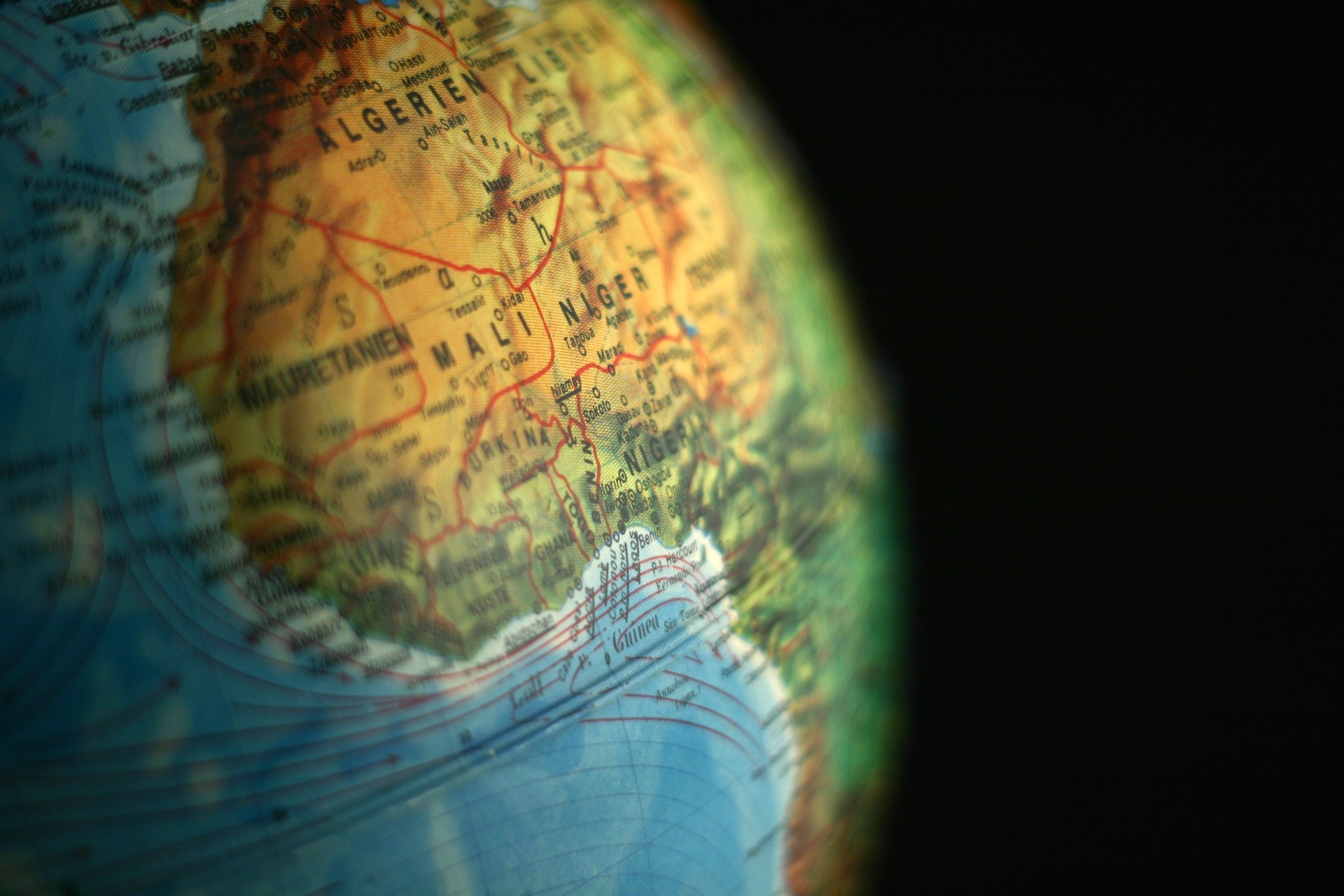For instance, Osses sees value in Russia as the developing economy road the gyrations in the foreign exchange market. Despite all the troubles it has struggled through, Russia’s current-account balance is back to where it was when oil prices were above $100 per barrel, and the ruble currency has depreciated so much that the country looks in good financial health, Osses added.
“We are only half joking when we tell investors that Russian foreign currency bond holdings could be a safer bet than US Treasuries,” Osses said.
[related_stories]The USD-denominated emerging market bond ETFs also include a good chunk of Russia exposure. For instance, Russia makes up 5.6% of EMB’s underlying holdings, 3.4% of PCY and 7.3% of VWOB.
Moreover, investors who typically associated the developing economies with greater risk should note that these emerging bond ETFs include heavy allocations toward investment-grade debt securities. For example, EMB holds investment-grade AA 2.1%, A 12.7% and BBB 42.3%, along with speculative-grade BB 19.2%, B 15.6%, CCC 5.1% and D 3.0%. PCY has AA 6%, A 10%, BBB 37%, BB 24%, B 17% and CCC 3%. VWOB includes Aa 5.9%, A 16.0%, Baa 41.9% and speculative-grade Baa or lower 36.2%.
